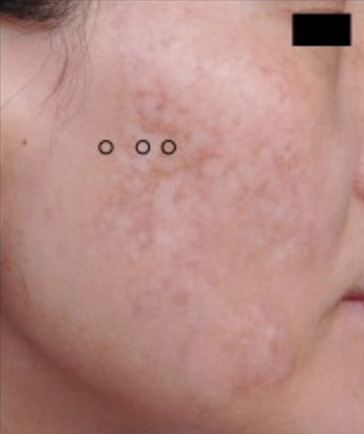
Some time ago, a patient came to me, with a distressing condition on her face. She went to a clinic to have her pigmentation treated by lasers. The doctor told her to have the laser done daily. Initially, she saw some improvements in her pigmentation. She continued the lasers because the doctors told her to, and because she bought more than 100 sessions of the laser. However, as time went by, the pigmentation got worse, and now, there were unsightly patches of lightening on the skin as well – her skin took on a mottled appearance.
Her doctor told her not to worry, and come for the laser twice a day instead to solve the problem.
The lady came to me for help. But I had to tell her that there was little I could do. The best solution was to STOP the laser treatments immediately, and not increase the frequency.
The lady is not alone. Of late, there has been more and more cases of a skin complication known as mottled hypopigmentation or guttate hypopigmentation. The cause: mis-use of a common laser treatment commonly known as laser toning.
Melasma: A Recurrent, Distressing Condition
Melasma is a common skin pigmentation condition which is notoriously difficult to treat. It appears as a patchy, darkened patch, affecting areas such as the cheeks (most common), forehead, mouth area, neck. It is more common in women, and mostly affects both sides of the face.
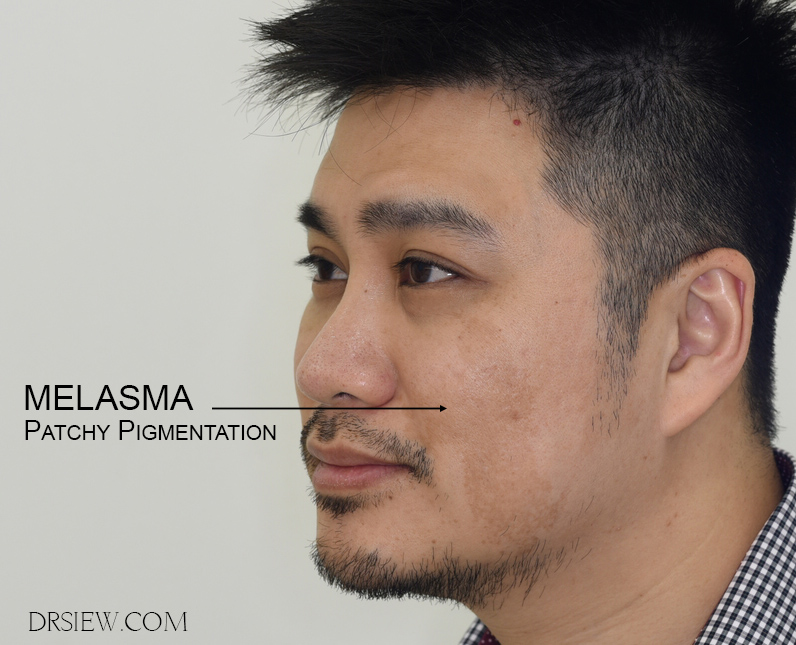
Melasma is chronic and recurrent. You can treat it with lasers, creams and peels, but it can (and will) darken again on sun exposure. In addition, melasma behaves like very spoilt princess – you need lots of tender, loving care to make it better. If you grow impatient, and try to use stronger lasers or creams on it, it may even become worse.Because of this, it can cause considerable psychological distress.
Laser Toning for Pigmentation, Pores and Pimples
Laser toning is a very commonly used to treat melasma. It uses a Q-switched Nd-Yag laser at 1064nm wavelength to target melanin – the pigment deposits in the skin. At 1064nm, it also heats up the top layers of the skin. For this reason, on top of pigmentation, the procedure also improves pores and pimples to a mild extent (Other resurfacing lasers such as the Erbium Glass non-ablative fractional resurfacing laser works better for pores and acne).
The procedure is gentle, and takes only about 2-10minutes, depending on the doctor doing it. It is very comfortable, and leaves behind nothing more than a transient flushing on the skin which usually disappears in an hour. For this reason, many patients (and doctors) think that the procedure is entirely safe without side effects. Right?
WRONG.
Mottled Hypopigmentation: A Known Side Effect of Laser Toning
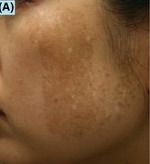
A laser, no matter how gentle, is not a toy. It is a coherent, collimated beam of light which emits light energy at a single wavelength. It is a powerful, medical device.
Even though laser toning does not cause immediate side effects, doctors have long known that frequent treatment sessions result in an unsightly complication known as “mottled hypopigmentation” – the skin develops patches of darkening, and lightening, taking on a mottled appearance.
This dreaded side effect occurs when laser toning is done TOO FREQUENTLY.
Mottled Hypopigmentation From Laser Toning Is Often Irreversible
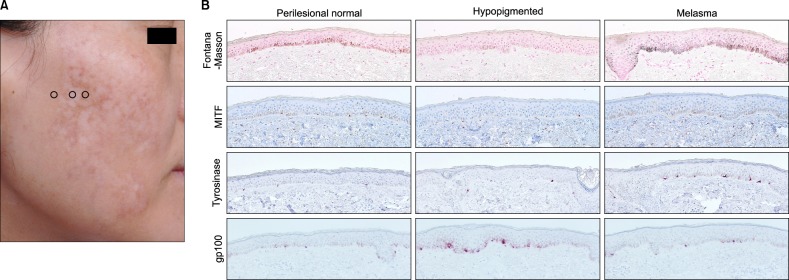
The exact cause for mottled hypopigmentation is not known. Possible mechanisms include cumulative laser damage to the pigment producing cells called melanocytes, and suppression of the cells. However, what we know is that the condition is very difficult to treat.
Treatments include fractional laser resurfacing, and most recently, a needle radiofrequency treatment called Sylfirm. However, the most important thing you need to do should you develop the condition is to let your skin rest – STOP Laser Toning Treatments Immediately.
Conclusions
Laser toning is an integral part of medical aesthetics. However, patients undergoing the treatments, and doctors performing the treatments need to understand the associated risks of the treatment. Mottled hypopigmentation or guttate pigmentation, once it develops, is very difficult to treat. The most important thing is to stop the laser treatments, and NOT double the frequency of the lasers like what the lady who consulted me was told to do.
With some mass market clinic chains offering daily and even twice daily laser treatments, we expect to see more and more of such skin problems. Hopefully, the public will be educated enough to recognise the problem, and to learn how to stop the lasers before the condition gets worse.
Read more about some of the cases in National Skin Centre’s report on the cases they encountered.





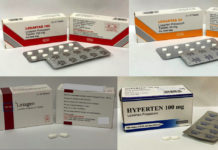




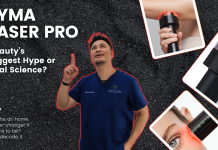


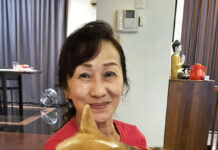





How long does it take to see effect from laser toning in PIH?
It takes about 3- 5 sessions.
Will you consider doing laser toning every month or two is too frequent? What is the ideal time interval from one laser session to the next session?
Hi Licia,
Once a month is ok.
Which is more effective in treating Melasma & hyperpigmentation? Sylfirm or Dual Yellow?
Hi Joanne – Please check your inbox for reply.
I have developed the Mottled hypopigmentation as you mentioned. I stop laser for half year and continue to do laser every 6 weeks ,is it ok? Thank you
Hi May – Please check your inbox for reply.
I had a few laser treatments for Melasma, several months apart and now that it is summer my face is extremely blotchy, worse than before. It looks like a mixture of Melasma And Hypopigmentation from what you’re describing but most dermatologists have not been able to determine. What would next steps be? Is this permanent?
Hi Amanda – I am unable to comment on what it is because I have not seen it. It is best for you to visit another doctor to get another advice. If it is melasma and hypopigmentation, they can be treated with an appropriate treatment plan.
I would like to ask the same question, Which is more effective in treating Melasma & hyperpigmentation? Sylfirm or Dual Yellow?
Hi Irene, Sylfirm and Dual Yellow Laser work by complementing each other. They work effectively for different types of melasma and on different pathology. It is impossible to give an accurate assessment without a face-to-face consultation. If you are keen to arrange for a consultation, feel free to call us at 6837-0507.
I dont understood i have melasma aur tanning ,can you please help me
Hi,
I developed lumpy patches of hypopigmented skin (on my face) from laser procedures I done about 15yrs ago. It took about a year before I noticed my skin changing and it seems like it continues to change to this day. New, uneven, hypompigmented collagen continues to form on my face all these years later. Have you heard of this happening? My face is very uneven with puzzle like lumpiness mixed with pitting and dents. Every time I get acne on the collagenated areas it leaves a scar. The whole chemistry of skin has changed. Can anything help even out the look of my face and stop the new collagen production?
Hi Cody,
Thanks for your message. You seem to be affected by what is happening to your skin and I am sorry to hear about that. As I am not able to do a face-to-face consultation with you, please see a doctor you are comfortable with in your country and seek an opinion on what you can do. All the best.
Hi, you should certainly see a doctor. A dermatologist and a general doctor. it could be some autoimmune disease.
I believe I have mottled hypopigmentation on my cheeks from laser treatments from years ago. What is your most recent recommendation for treatment? I see in the article you wrote about fractional laser resurfacing, and Sylfirm. I am based in the San Francisco Bay Area – is there anyone you can recommend for either of those treatments? Thank you.
Hi Bonnie – Thanks for reading my articles. Unfortunately, I won’t be able to recommend anyone in San Francisco. Do speak to friends and do some desktop research. Make an appointment to talk to a few doctors to see who you are comfortable with. All the best.
Hi there, I have had a few laser treatments. The last one was with a new and stronger machine. I have red spots on my cheeks now, that weren’t there before. They are telling me these are brown spots that were beneath the skin and a few more sessions should wipe them out completely. Is that even true? I am pretty nervous about going through with it.
Hi Jennifer – we are unsure what laser machines you are using to treat your skin and what skin condition you have. However, if you are concerned about pigmentation, its true that it will take several sessions to see visible improvement.
[…] marbled appearance in the skin. This is often very difficult to treat. I found Infini to improve mottling hypopigmentation as […]